E4: Far Side Samples Return

Lunar regolith samples return from the far side of the Moon, 'quantum compass' breakthrough, 'Bridge Editing' could supersede CRISPR, and much more
Tony Morley, July 2nd, 2024

Welcome to The Up Wing, Edition 4, the best in progress and optimistic news, collated, curated, and delivered weekly. We report on the past, present, and future of human progress, progress studies, and optimistic news. We're pro-growth, free markets, classical liberalism, Enlightenment, science, technology, and a better future for all humanity. We're still in beta; hang in there.
86% of our subscribers are currently free subscriptions; please consider supporting our mission and newsletter here: Support The Up Wing
Help support the project by liking and sharing our Edition 4 post on X/Twitter
The first lunar samples from the far side of the Moon
After a successful mission there and back, China's Chang’e-6 has landed safely back on earth in the remote grasslands of Mongolia. The mission has delivered roughly 2 kg [4.4 pounds] of lunar regolith and rock samples from the far side of the Moon, the first mission to return samples from the far side.
"China is now developing its Chang’e-7 and Chang’e-8 missions, which are more complex and are scheduled to launch in 2026 and 2028, respectively. They will hunt for water ice near the lunar south pole and conduct other surveys and experiments."

Root Source: Nature doi: https://doi.org/10.1038/d41586-024-02101-5
LGBT+ rights and protections have improved globally
The number of countries that provide and protect rights for LGBT+ have improved; however, much progress remains to be made globally. Between 1980 and 2024, the number of countries where same-sex sexual acts are legal has increased from just 77 to 133.
"LGBT+ people don’t just want to live free from fear of being prosecuted for their same-sex relationships. Many also want to marry, adopt children with their partner, and some want their government to recognize their transgender or non-binary identity."


The Untapped Potential of Geothermal Energy: Perhaps we've only scratched the surface
The technology behind geothermal energy has been quietly and steadily evolving and improving against the backdrop of the big renewable players, wind, solar, and hydro. New technology and perfected existing technologies may soon be better poised to transition geothermal from small-scale operations to a major energy contributor.
"Harnessing just 0.1% of the Earth’s heat could supply the world’s total energy needs for two million years."

'Bridge editing' could be even better at altering DNA than CRISPR
The CRISPR gene-editing technique that has transformed civilizations' capacity to alter biology from medicine to agriculture may soon get a 2.0 update that could prove a game changer for genetic engineering.
"A powerful form of DNA-editing machinery discovered in bacteria might allow us to make much bigger changes to genomes than is currently possible with CRISPR-based techniques."

A new 'quantum compass' being tested in the London underground could hold the key to geolocation in hard-to-reach places
Researchers are experimenting in the London underground with a new subatomic quantum compass. The proof-of-concept system may soon allow for accurate geolocation calculation underground, underwater, or out of reach of the Global Positioning System (GPS) network.

Solar energy is poised to grow dramatically through 2060
From 2024 through 2060, installed solar capacity is expected to grow dramatically as construction and operating costs continue to fall, indeed faster than anyone expected.
"In 2023 there were single days which saw a gigawatt of installation worldwide."
"Over the course of 2023 the world’s solar cells, their panels currently covering less than 10,000 square kilometres, produced about 1,600 terawatt-hours of energy (a terawatt, or 1tw, is a trillion watts). That represented about 6% of the electricity generated world wide, and just over 1% of the world’s primary-energy use."

Archive Paywall Jump: http://archive.today/mnjtH
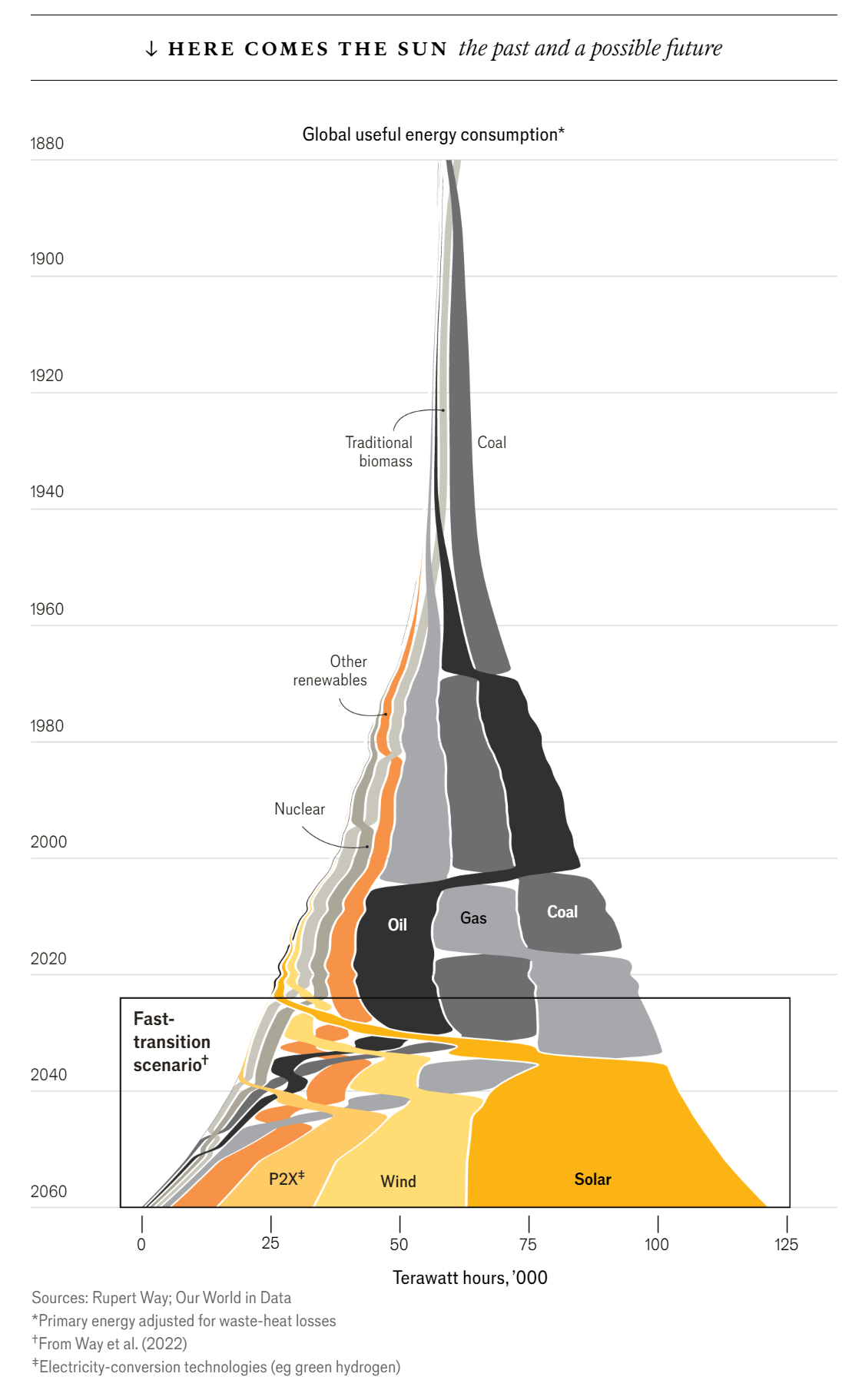
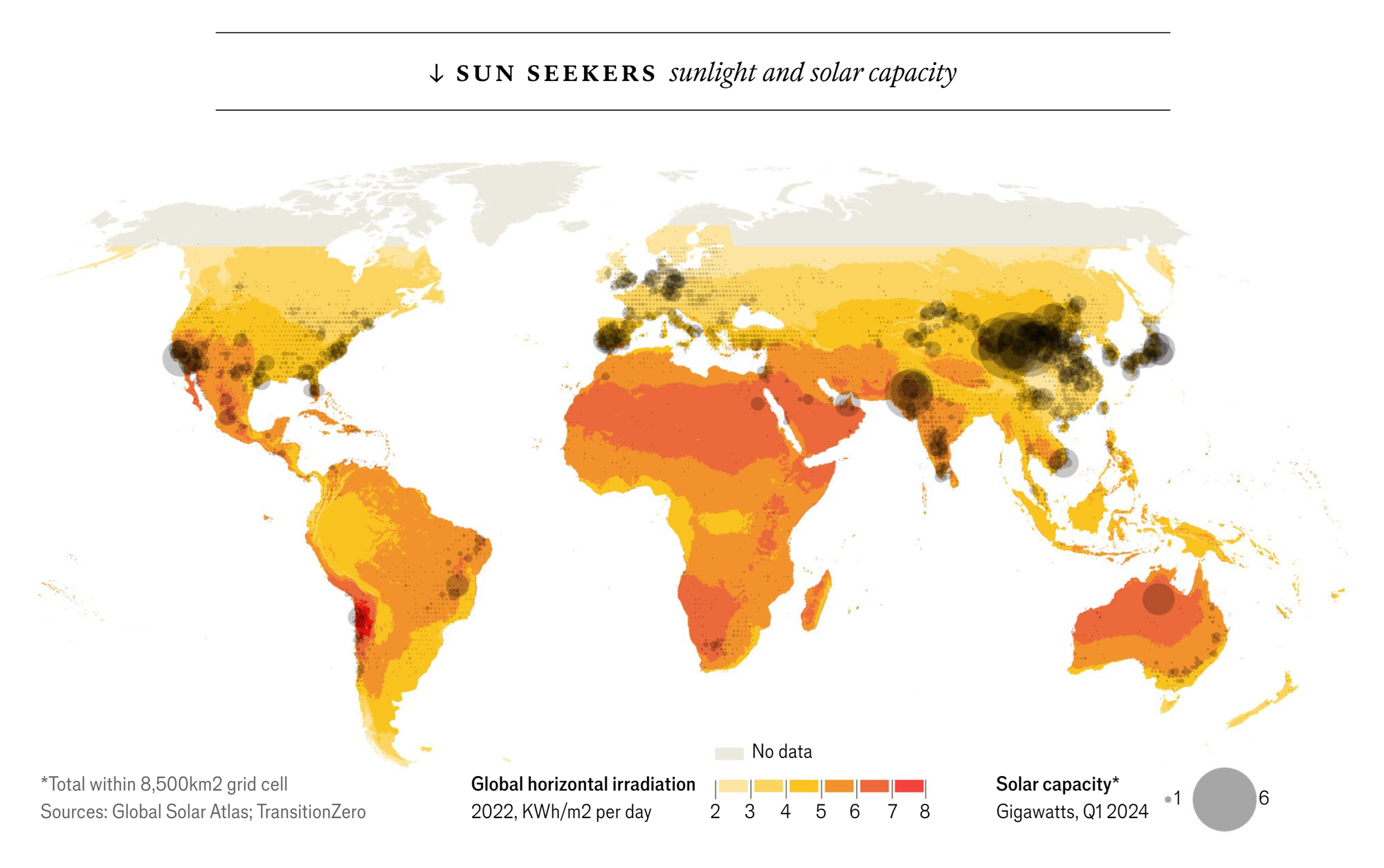
This is the world’s best investment
A new study finds that combating malaria, TB, and HIV pays for itself 405 times over.
Humanity has made incredible progress in the fight against communicable diseases over the last hundred years; however, many “neglected diseases” remain costly in human life, living standards, and economic growth. Largely winning the fight against neglected diseases over the next century could be one of the best investments civilization can make. It could result in a return on investment of $49.7 trillion and avert 40 million deaths, with vaccines saving 370 million life-years alone.
"This is an immensely hopeful report. But it’s a report that also serves as a call to arms. Rich countries need to get their act together, fast, or this opportunity will slip through our fingers, with poor children in Africa and South Asia paying the price."

Neurological conditions claim the lives of thousands of children every year. New treatments in the womb may save them
A new generation of cutting-edge therapies hold the promise of treating neurological defects in-utero. Such treatments could save thousands of lives and improve the living standards of surviving babies.
"If the child – a boy to be named Tobias – had remained untreated, he would have been born with paralysis from the hips down. On 1 February 2022, he was born via caesarian-section at 7lbs 13oz (3.5kg), legs kicking, toes wriggling. "It just feels like we won the lottery," says Johnson."

Faster, more accurate, and without animal testing. Welcome to organ-on-a-chip technology
Organ-on-a-chip technology could supplement and perhaps supersede the requirement for animal testing in the development of drugs used in human and animal medicine. "Animal studies are notoriously bad at identifying human treatments. Around 95% of the drugs developed through animal research fail in people."
Employing human cells in testing on a chip could provide faster and more accurate feedback results, with the additional benefit of requiring less or no animal testing. The technology remains toward the bottom of the innovation s-curve, but the potential is enormous.

Progress Media:
How humanity doubled life expectancy in a century
The enormous gains in global life expectancy have been perhaps the greatest triumph of human civilization; however, few among us fully understand just how far we've come over the last century.
"Doubling human life expectancy in a century is our greatest achievement, says author Steven Johnson. How did we make it happen – and can we keep it going? Backed by fascinating historical anecdotes, he shares some life-lengthening innovations and reminds us of three key things needed to make sure all of humanity enjoys these advancements in health."
Steven Johnson | TEDMonterey, August 2021
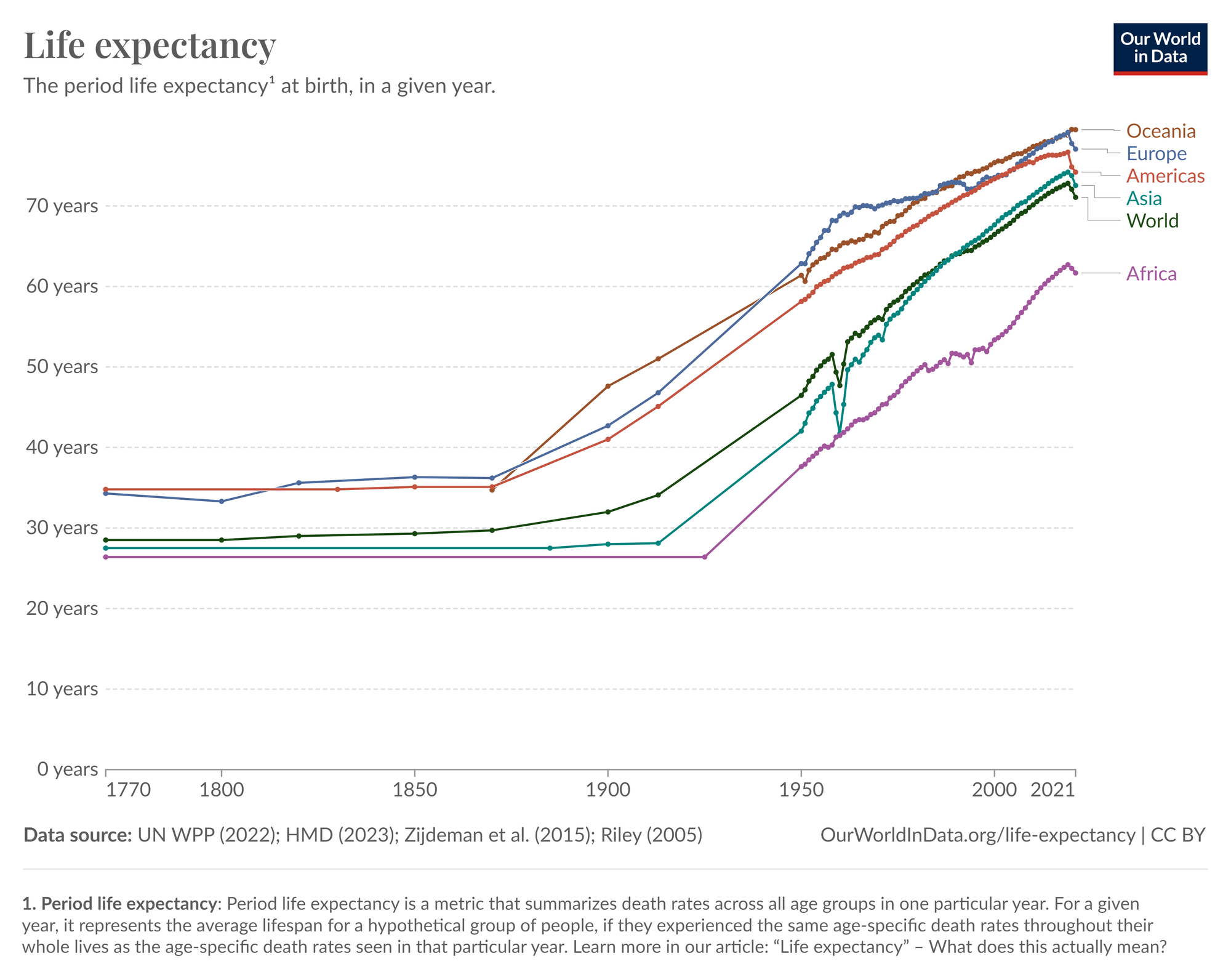
10 Reasons to Look Forward to the Future | Johan Norberg | Google Zeitgeist
From dramatically improved life expectancy and reductions in child mortality to soaring economic growth, the reduction in global extreme poverty, and the upward trend in global living standards, this 2017 talk from Johan Norberg is as relevant today as it was seven years ago.
Here are, Ten Reasons to Look Forward to the Future, based on Johan's 2017 book Progress.
Progress Imprint:
Extra Life: A short history of living longer, Steven Johnson
Between 1770 and 2024, global life expectancy climbed from just 28.5 years to 73 years and continues to improve. In Steven's book Extra Life, he explores why it took so long to start making progress and how we turned the tide on global life expectancy.
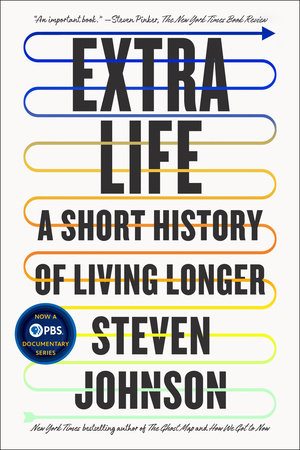
A Good Time to Be Born, Perri Klass
“There is no doubt that children once died in great numbers and that parents had to adjust their expectations accordingly. The world before the modern era was overwhelmingly a place of tiny coffins.” — Bill Bryson, At Home, A Short History of Private Life
In just 200 years, civilization pushed child mortality down from a heartbreaking 40% to just 3.7%, a truly remarkable accomplishment and one that would, in 2018, also save the life of my own eldest son, Odin. Perri Klass explores how science, technology, innovation, and economic growth saved millions of children in the last 200 years and helped transform our world.
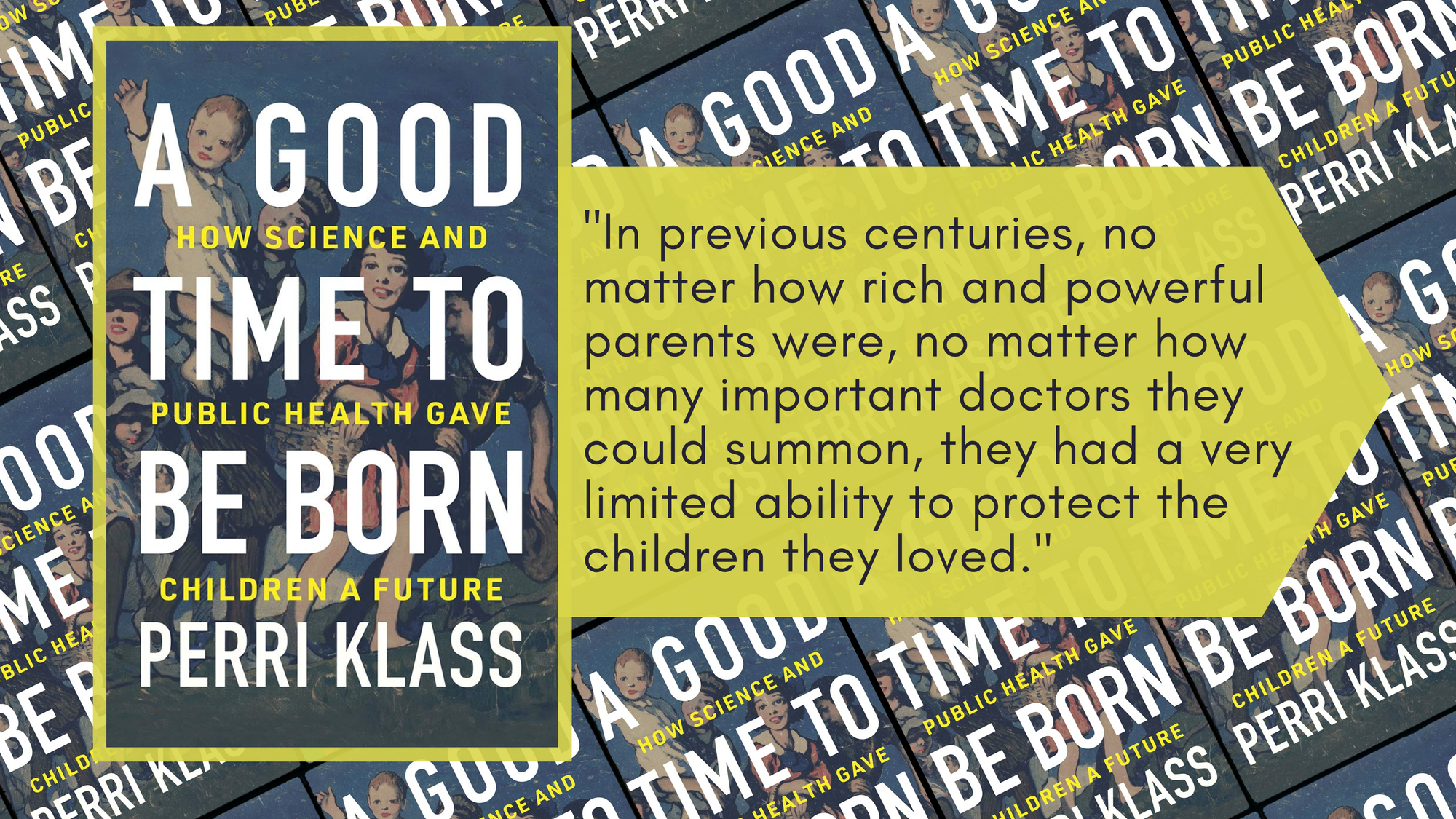

News
Progress Conference 2024: Toward Abundant Futures: A two-day event to connect people & ideas in the progress movement
The Roots of Progress Institute and Jason Crawford are hosting a conference on October 18–19, 2024, at Berkeley, California, and it's going to be truly amazing. If you're interested in progress, this is a conference to attend or at least to follow from afar. The guest and speaker list is a collection of some of the most brilliant minds in the progress movement, and the conference is a first of its kind.

Archive
Selected excerpts from the Progress Dashboard

This map will change how you see globalization forever: You can't unsee this.
This interactive shipping map from the team at Kiln shows the remarkable scale of global shipping logistics and trade. It's a visualization of one of the most fundamental forces driving economic growth, human prosperity, and improved living standards over the last half-century. Welcome to the Ship Map 📦


We're hoping to be more organized by Edition 10, currently Edition 4/10. We're still under construction, in beta mode, if you will [still a little 404 broken, with plenty of typos]. The site and newsletter will be updated in the following weeks. The UI/UX is going to get better; we have more great sections and content planned. Supporting with a modest donation helps enormously. Thank you kindly in advance.
The Up Wing Corporate
Want to get The Up Wing newsletter for your team? Help inspire and improve the well-being of your team by bringing The Up Wing to their inbox every week. Reach out to our team to help make it happen.
Copyright © 2024 The Up Wing, All rights reserved. The Up Wing is hosted, published, and dispatched by Ghost. If you enjoy our work, you can support The Up Wing with a premium subscription.















